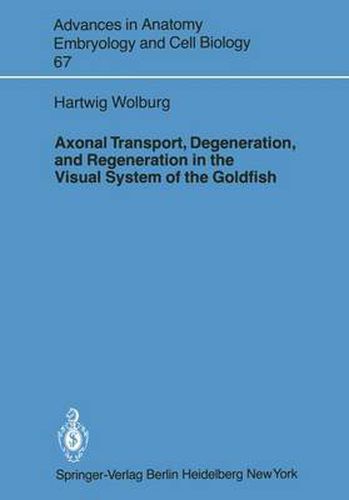Readings Newsletter
Become a Readings Member to make your shopping experience even easier.
Sign in or sign up for free!
You’re not far away from qualifying for FREE standard shipping within Australia
You’ve qualified for FREE standard shipping within Australia
The cart is loading…






This title is printed to order. This book may have been self-published. If so, we cannot guarantee the quality of the content. In the main most books will have gone through the editing process however some may not. We therefore suggest that you be aware of this before ordering this book. If in doubt check either the author or publisher’s details as we are unable to accept any returns unless they are faulty. Please contact us if you have any questions.
References …………………………. 76 Subject Index ……………………….. 93 VIII Acknowledgments This study was funded by the Deutsche Forschungsgemeinschaft. I am indebted to Prof. Dr. W. Schlote for helpful advice and numerous discussions. I am also grateful to Dr. G. Kurz-Isler for her generous help in problems dealing with electron microscopy and to Mrs. B. Sabrowski for her careful preparation of the manuscript. The careful translation of T.C. Telger is gratefully acknowledged. The translation was financially supported by the Erwin Riesch Foundation. IX 1 Introduction One of the basic principles underlying the efficiency and adaptability of cellular meta bolism is the structural compartmentalization of the cell. Only through compartmenta lization can reaction components be kept apart prior to their reaction, isolated from other reaction spaces during the course of their reaction, and the reaction products incorporated into designated structures or transported to remote parts of the cell. Thus, the partitioning of the cellular substance into countless membranous spaces corresponds to the spatial segregation of reaction components, and the dynamics of intracellular membrane systems is an expression of ever-changing equilibrium condi tions and the continuous formation of new reaction spaces. It has been shown with some certainty that many of the processes in membrane dynamics can take place only with the aid of contractile proteins such as actin, myosin, and tubulin.
$9.00 standard shipping within Australia
FREE standard shipping within Australia for orders over $100.00
Express & International shipping calculated at checkout
This title is printed to order. This book may have been self-published. If so, we cannot guarantee the quality of the content. In the main most books will have gone through the editing process however some may not. We therefore suggest that you be aware of this before ordering this book. If in doubt check either the author or publisher’s details as we are unable to accept any returns unless they are faulty. Please contact us if you have any questions.
References …………………………. 76 Subject Index ……………………….. 93 VIII Acknowledgments This study was funded by the Deutsche Forschungsgemeinschaft. I am indebted to Prof. Dr. W. Schlote for helpful advice and numerous discussions. I am also grateful to Dr. G. Kurz-Isler for her generous help in problems dealing with electron microscopy and to Mrs. B. Sabrowski for her careful preparation of the manuscript. The careful translation of T.C. Telger is gratefully acknowledged. The translation was financially supported by the Erwin Riesch Foundation. IX 1 Introduction One of the basic principles underlying the efficiency and adaptability of cellular meta bolism is the structural compartmentalization of the cell. Only through compartmenta lization can reaction components be kept apart prior to their reaction, isolated from other reaction spaces during the course of their reaction, and the reaction products incorporated into designated structures or transported to remote parts of the cell. Thus, the partitioning of the cellular substance into countless membranous spaces corresponds to the spatial segregation of reaction components, and the dynamics of intracellular membrane systems is an expression of ever-changing equilibrium condi tions and the continuous formation of new reaction spaces. It has been shown with some certainty that many of the processes in membrane dynamics can take place only with the aid of contractile proteins such as actin, myosin, and tubulin.